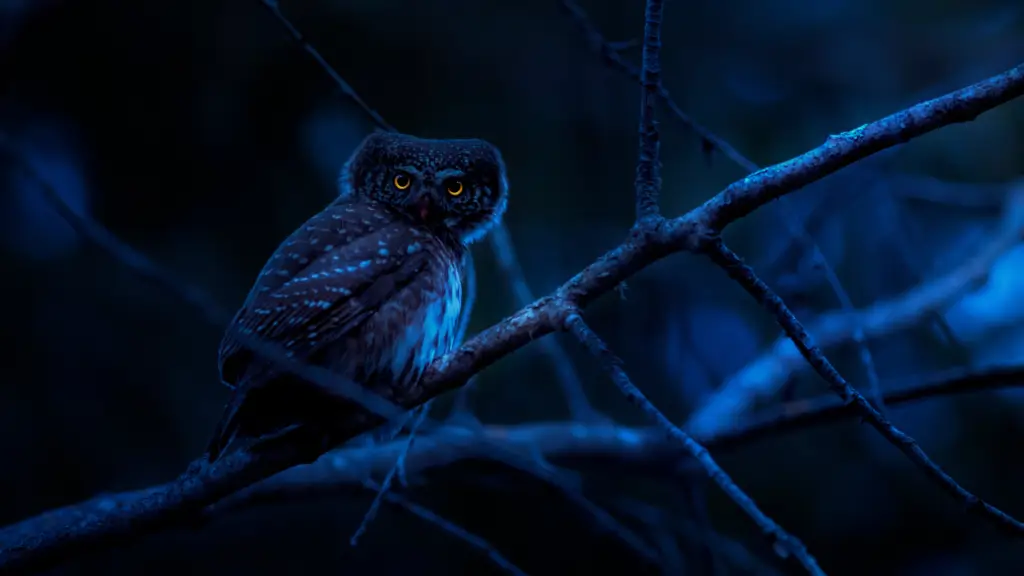Owls are fascinating creatures that have captured the imagination of people for centuries. Known for their nocturnal habits, mysterious hoots, and silent flight, these birds of prey are far more than just creatures of the night. Here are 21 unbelievable facts about owls that will give you a new appreciation for these amazing animals.
1. Owls Can Rotate Their Heads 270 Degrees
Unlike humans, owls have an extraordinary ability to rotate their heads almost completely around. This allows them to compensate for their fixed, forward-facing eyes, giving them a broad field of view.
2. Silent Flyers
Owls are built for stealth. Their specially designed feathers have soft edges that break up air turbulence, allowing them to fly almost silently—a crucial advantage when hunting at night.
3. Their Eyes Are Tube-Shaped
Unlike most birds, owl eyes are not spherical. Instead, they are elongated tubes that help focus light, making their night vision highly effective.
4. Exceptional Night Vision
Owls have some of the best night vision in the animal kingdom. Their eyes are so sensitive to light that they can see clearly even in almost total darkness.
5. Asymmetrical Ears for Superior Hearing
Many owl species have asymmetrical ear placement, which allows them to pinpoint the exact location of sounds. This makes them highly effective hunters, even when their prey is hidden.
6. They Swallow Prey Whole
Owls don’t chew their food. They swallow smaller animals whole and later regurgitate the indigestible parts, such as bones and fur, as pellets.
7. Owl Eyes Are Fixed in Their Sockets
Unlike humans, owls cannot move their eyes. Instead, they have to move their entire head to change their field of vision, contributing to their impressive head-turning ability.
8. Talons With Incredible Grip Strength
An owl’s talons can exert up to 500 pounds of pressure per square inch, enabling them to catch and hold onto larger prey.
9. Owls Can Fly Extremely Slowly
Some owl species can fly as slowly as 2 miles per hour, which gives them incredible control and precision when stalking their prey.
10. They Have Three Eyelids
Owls have three eyelids: one for blinking, one for sleeping, and one for keeping their eyes clean and protected.
11. Owls Don’t Build Their Own Nests
Owls often use abandoned nests of other birds or animals, tree hollows, or even man-made structures like barns.
12. Not All Owls Hoot
While the hoot of an owl is famous, not all owls hoot. Some, like the Barn Owl, make screeching or hissing sounds instead.
13. They Have Strong Territorial Instincts
Owls are highly territorial creatures, and they often fight to protect their hunting grounds from other birds and animals.
14. They Can Hunt in Complete Darkness
Some owl species can detect and catch prey without needing any light at all, using their incredible sense of hearing to locate animals moving underneath the snow, leaves, or dirt.
15. Owls Exist on Every Continent Except Antarctica
Owls are widespread across the globe, with different species adapting to various climates and environments.
16. Owls Have Zygodactyl Feet
Most birds have three toes pointing forward and one backward, but owls have zygodactyl feet, meaning two toes face forward and two faces backward. This makes them better equipped for gripping and carrying prey.
17. Their Bones Are Light and Hollow
Like other birds, owls have lightweight bones that enable them to fly easily. Their hollow bones reduce body weight, making them efficient fliers.
18. Owl Pellets Reveal Their Diet
The indigestible parts of an owl’s meal, such as bones and fur, are compacted into a pellet and regurgitated. These pellets provide clues to what the owl has been eating.
19. Owls Are Symbolic in Many Cultures
Throughout history, owls have been symbols of wisdom, knowledge, and mystery in many cultures. In some folklore, they are also seen as harbingers of doom or death.
20. Owls Mate for Life
Some owl species are monogamous and mate for life, sharing the responsibilities of raising their young and defending their territory.
21. Owls Have Been Around for a Long Time
Fossil records show that owls have been around for millions of years, with some species existing as far back as 60 million years ago.
Wrapping Up
Owls are truly extraordinary birds with incredible adaptations that allow them to thrive as nocturnal hunters. From their nearly silent flight to their keen senses, these facts highlight just how unique owls are in the animal kingdom. Next time you hear the soft hoot of an owl in the night, you’ll know there’s so much more to these fascinating creatures than meets the eye.

